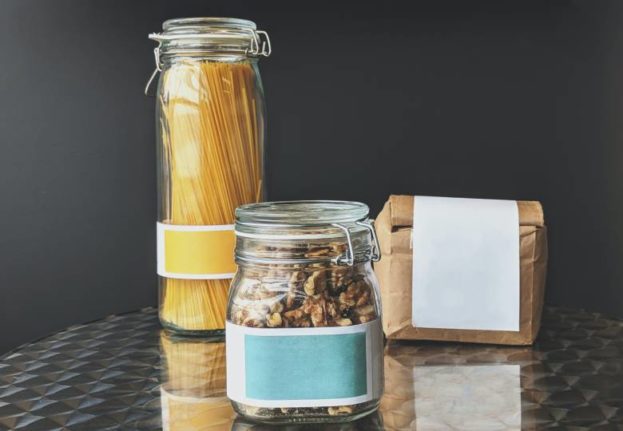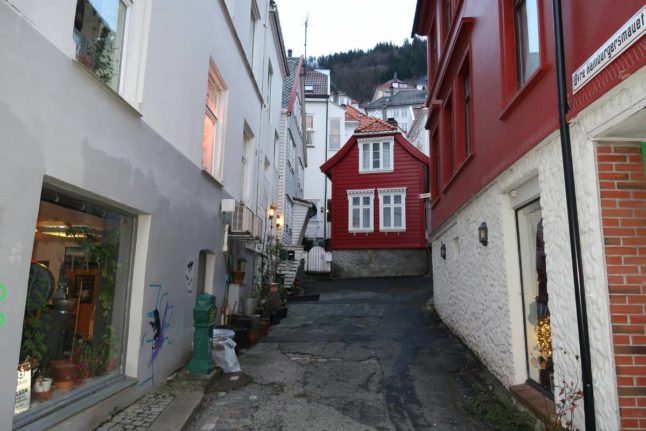Norway is well-known as a safe country – that’s why tens of thousands of people move to the country each year.
However, even well-off societies are vulnerable to crises, regardless of their nature. From health crises to security concerns, as well as power cuts and extreme weather, you never know when life’s about to become a bit more unpredictable.
Therefore, taking basic precautions and preparing for the unexpected in advance should definitely be something you think about every once in a while – even in Norway.
Thankfully, Norway’s Civil Defence keeps an overview of the essential supplies you need to get you through emergencies such as power cuts and extreme weather.
Why it’s a good idea to plan ahead
Power outages are especially tricky, as most people in Norway are highly dependent on electricity for heating, lighting, cooking, hot water, and electrical appliances.
Therefore, the website sikkerhverdag.no – operated by the Norwegian Directorate for Civil Protection (Norwegian: Direktoratet for samfunnssikkerhet og beredskap) – has typically recommended having enough supplies for around three days. However, it has said it wants to update its guidelines and that households should manage for up to seven days.
Although, the civil defence did say that managing to store water for up to seven days while living in a housing association would be a challenge for many.
What to include in your emergency storage
The state-funded website states that people in Norway would do well to keep a small emergency reserve of things that they cannot do without, such as water, food, medicines, and heat sources.
As the DSB notes, with simple emergency supplies, most people can manage on their own for at least three days, enabling them to get through most crises.
If a protracted crisis appears, your emergency store will buy you enough time to draw up new plans and consider your next steps. At the same time, you also help ensure that those who need it most can get help first.
The Directorate for Social Security and Preparedness also offers an recommended emergency store that people in Norway are suggested to have:
- Nine litres of water per person
- Two packages of crackers per person
- One packet of oatmeal per person
- Three tins of canned food or three bags of dry food per person
- Three cans of cold cuts per person
- A few bags of dried fruit or nuts, biscuits and chocolate
- Any prescribed medication
- A wood, gas, or kerosene stove for heating
- A grill or cooker that runs on gas
- Candles, a flashlight with batteries, or a kerosene lamp
- Matches or a lighter
- Warm clothes, a blanket, and a sleeping bag
- A first aid kit
- A battery-operated Dab radio
- Batteries and a mobile phone charger that you can use in your car
- Wet wipes and disinfectant
- Drying/toilet paper
- Sanitary products
- Some cash
- Extra fuel and wood/gas/kerosene/rubbing alcohol for heating and cooking
- Iodine tablets in case of nuclear incidents if you are under 40, pregnant, breastfeeding or have children living at home
The example of an emergency store above is considered ample for three days. If guidelines that Norwegians will need stores for seven days are officially adopted, then more food, water, and sanitary products may be needed.



 Please whitelist us to continue reading.
Please whitelist us to continue reading.
Member comments